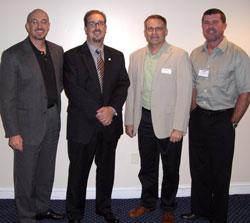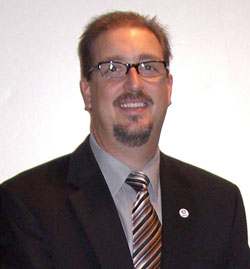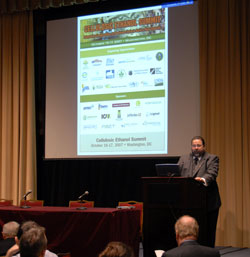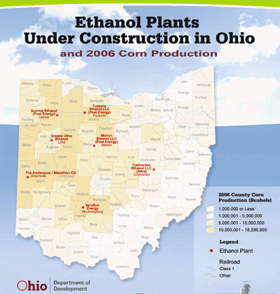 By a 7-2 vote, the Chesapeake, Virginia city council has given the green light to what will be the nation’s largest biodiesel plant.
By a 7-2 vote, the Chesapeake, Virginia city council has given the green light to what will be the nation’s largest biodiesel plant.
This story in the Virginian-Pilot says council members found the proposal to build Smiling Earth’s 320 million gallon refinery to be a lot less dangerous than the jet fuel and gasoline tanks already around the 30 homes in the neighborhood:
“In this case, we’re getting the benefit of a new company that’s going to be providing jobs, taxes and cleaning up a section of South Norfolk, and they’re not asking for anything from us,” said Councilwoman Patricia Willis. “That is just so unusual.”
If Smiling Earth follows through, the plant will be the country’s largest biodiesel producer. It will make 320 million gallons per year, more than the entire amount of the alternative fuel produced in the United States last year.
Company representatives say they will try to build the plant in nine months and want to have it running by next fall.
Smiling Earth is also doing its part to help the community as the company will put up $5 million to revitalize the community. Now, the company just has to come up with the funding to actually build the refinery.



 While we’ve been listening to people talking about when someone will build a commercially viable cellulosic ethanol production plant one company has actually gone ahead and done it. That’s what
While we’ve been listening to people talking about when someone will build a commercially viable cellulosic ethanol production plant one company has actually gone ahead and done it. That’s what  One of the sponsors for the Cellulosic Ethanol Summit and Domestic Fuel coverage of it is the
One of the sponsors for the Cellulosic Ethanol Summit and Domestic Fuel coverage of it is the  Ohio wants wind energy to be a bigger player in it’s overall energy production. That’s why the state is incorporating new projects to develop utility-scale wind energy as part of it’s commitment to renewable energy innovation.
Ohio wants wind energy to be a bigger player in it’s overall energy production. That’s why the state is incorporating new projects to develop utility-scale wind energy as part of it’s commitment to renewable energy innovation. The Chairman of this year’s Cellulosic Ethanol Summit is the “Reverend of Renewable Fuels” and
The Chairman of this year’s Cellulosic Ethanol Summit is the “Reverend of Renewable Fuels” and  There will soon be a number of ethanol plants in operation in Ohio. To help them and the biodiesel industry as well, a new group has been formed called Buckeye Renewable Fuels Association. BRFA is headed up by long time corn grower leader Mike Wagner. In fact, he says the
There will soon be a number of ethanol plants in operation in Ohio. To help them and the biodiesel industry as well, a new group has been formed called Buckeye Renewable Fuels Association. BRFA is headed up by long time corn grower leader Mike Wagner. In fact, he says the  One of the people I met with here at the Cellulosic Ethanol Summit is Tim Lust, CEO of the
One of the people I met with here at the Cellulosic Ethanol Summit is Tim Lust, CEO of the  The
The 